Transcription
Harvard Mental Health Letter
Merits of psychodynamic therapy
Published: September, 2010
Retrieved from https://www.health.harvard.edu/newsletter_article/merits-of-psychodynamic-therapy
The research suggests that benefits of this therapy increase with time.
Cognitive behavioral therapy (CBT) has emerged, both in the research literature and in the media, as a "first among equals" in psychotherapy - most often studied and most frequently cited in news reports. CBT seeks to change conscious thoughts and observable behaviors by making patients more aware of them. But considerable research also supports the efficacy of other types of psychotherapy, in particular psychodynamic therapy. In fact, a review in American Psychologist cited evidence that psychodynamic therapy is just as effective as CBT, and that the benefits may increase over time.
Psychodynamic therapy has its roots in psychoanalysis, the long-term "talking cure." Like psychoanalysis, psychodynamic therapy recognizes that the relationships and circumstances of early life continue to affect people as adults, that human behavior results from unconscious as well as conscious or rational motives, and that the act of talking about problems can help people find ways to solve them or at least to bear them.
Both psychoanalysis and psychodynamic therapy rely on the therapeutic alliance in order to work. The therapeutic alliance is the personal connection between therapist and patient that enables them to work in tandem so that the patient can gain insight into aspects of experience that may be difficult to talk and think about. As the therapeutic alliance deepens, a therapist helps patients to understand themselves in new ways, and to become more mindful of a greater range of their thoughts, feelings, perceptions, and experiences. Dr. Glen Gabbard, professor of psychiatry and psychoanalysis at Baylor College of Medicine, has called the therapeutic alliance the "envelope" within which psychodynamic therapy takes place.
Although modern therapists frequently question the distinction, it is useful to note that psychodynamic therapy and psychoanalysis differ in some ways. During psychoanalysis, patients generally attend meetings three to five days a week, whereas in psychodynamic therapy, a patient typically sees a therapist once or twice a week. Thus the intensity of the therapeutic relationship is greater in psychoanalysis. Both psychoanalysis and the long-term form of psychodynamic therapy may be conducted in an open-ended manner, over many years, with the patient and therapist/analyst taking as much time as they need to decide about the duration of treatment. Short-term treatment with psychodynamic therapy, in contrast, is time-limited and usually lasts less than six months.
Key points
- Psychodynamic therapy is an option for patients with a variety of mental health disorders and personality disorders.
- Although it is similar in some ways to psychoanalysis, psychodynamic therapy may be shorter in duration or intensity.
- Several reviews suggest that psychodynamic therapy is an effective as cognitive behavioral therapy.
Gaining self-knowledge
A paper compared psychodynamic therapy to CBT. It highlighted notable differences between these two forms of therapy.
Acknowledging emotion. Whereas CBT focuses on thoughts and beliefs, psychodynamic therapy encourages a patient to explore and talk about emotions as well - including those that are contradictory, threatening, or not immediately apparent. The focus is on using therapy to gain emotional, as well as intellectual, insight. Ideally, insight enables a patient to reconsider life patterns that once seemed inevitable or uncontrollable, and leads to the identification of new choices and options. The insight may lead a patient to feel more ready to make changes.
Understanding avoidance. Psychodynamic therapy helps patients to recognize and overcome ingrained and often automatic ways in which they avoid distressing thought and feelings. Therapy may bring avoidance into high relief - such as when patients cancel therapy appointments, arrive late, or tiptoe around emotionally charged topics. Psychodynamic therapists point out that such psychological maneuvers often involve painful compromises between the wish to attend sessions in order to get help, and the fear of what may emerge during therapy. Psychodynamic therapy can help a patient become more aware of these maneuvers, which are likely to manifest outside of therapy as well, with the aim of nurturing more flexible and adaptive ways of coping.
Identifying patterns. Psychodynamic therapy recognizes that in mental life, the past is often prologue. Early-life experiences, especially with parents, caregivers, and other authority figures, shape present-day outlook and relationships. The goal of psychodynamic therapy is not to dwell on the past but to explore how prior relatoinships and attachments may provide insight into current psychological problems. A psychodynamic therapist may work with a patient to identify recurring patterns in relationships, emotions, or behaviors (such as being drawn to a verbally abusive partner) to help the patient recognize them. At other times the patient may already be painfully aware of self-defeating patterns, but needs help to understand why they keep recurring and how to overcome psychological obstacles to making changes. The aim of this work is to give patients greater freedom to direct their lives.
Focusing on relationships. Interpersonal relationships - with loved ones, friends, and colleagues - are a core focus of pyschodynamic therapy. A person's characteristic responses to other people often emerge in relation to the therapist, a phenomenon known as transference. For example, a patient who experienced hostility or dependency in an early important relationship may find the same feelings arise during a therapy session. Thus the therapeutic relationship provides a window into the dynamics of a patient's relationships outside the office, and offers an opportunity to recognize and change self-defeating patterns.
Psychodynamic therapy often addresses not just transference, but also the therapist's responses to the patient, often called "counter-transference." Such reactions may reflect the therapist's own formative relationships, but they often signify the "pull" the therapist feels to play out the patient's relationship patterns. Either way, the pyschodynamic therapist tries to help patients understand how they contribute both to beneficial and painful relationship patterns, and how such reactions often originate within the self, yet foster the tendency to see the outside world (including relationships) as the exclusive source of disappointment or other painful emotion.
Encouraging free associations.
Other posts by this author
|
2023 may 31

|
2023 apr 5

|
2023 mar 19

|
2023 mar 5

|
2023 mar 5

|
2023 mar 5

|
More... |

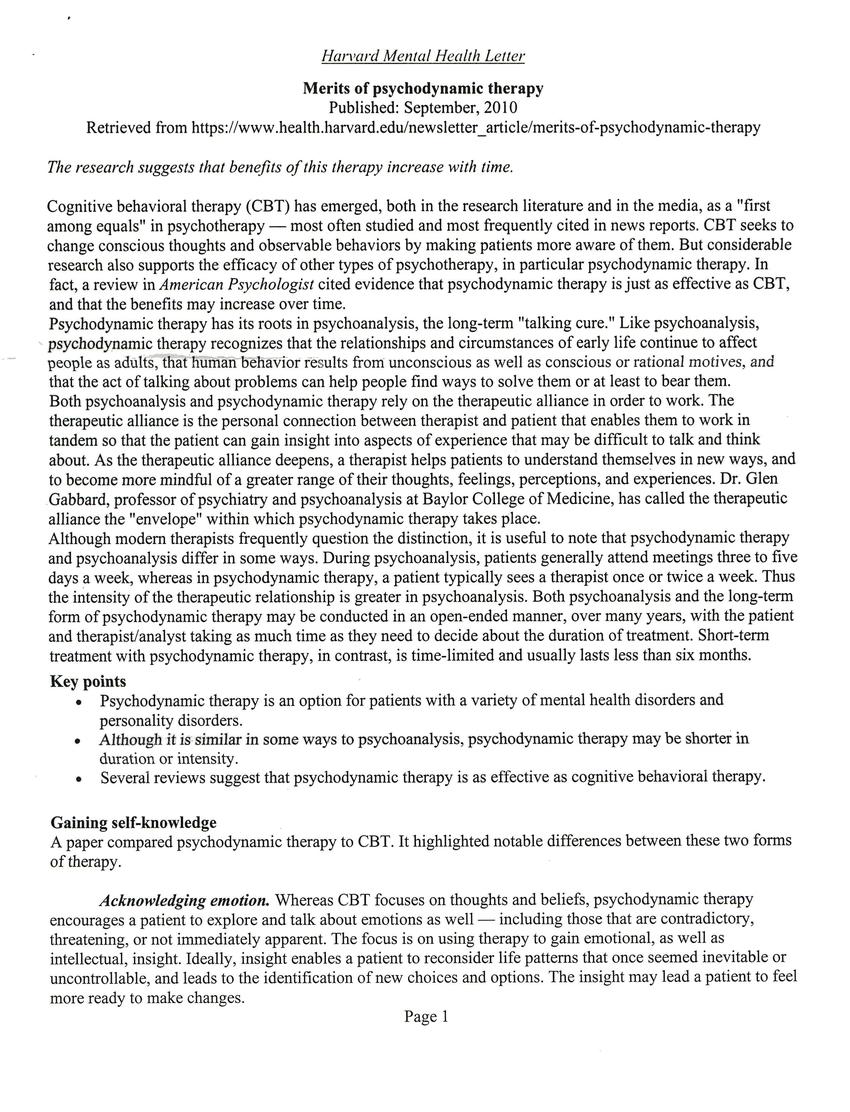

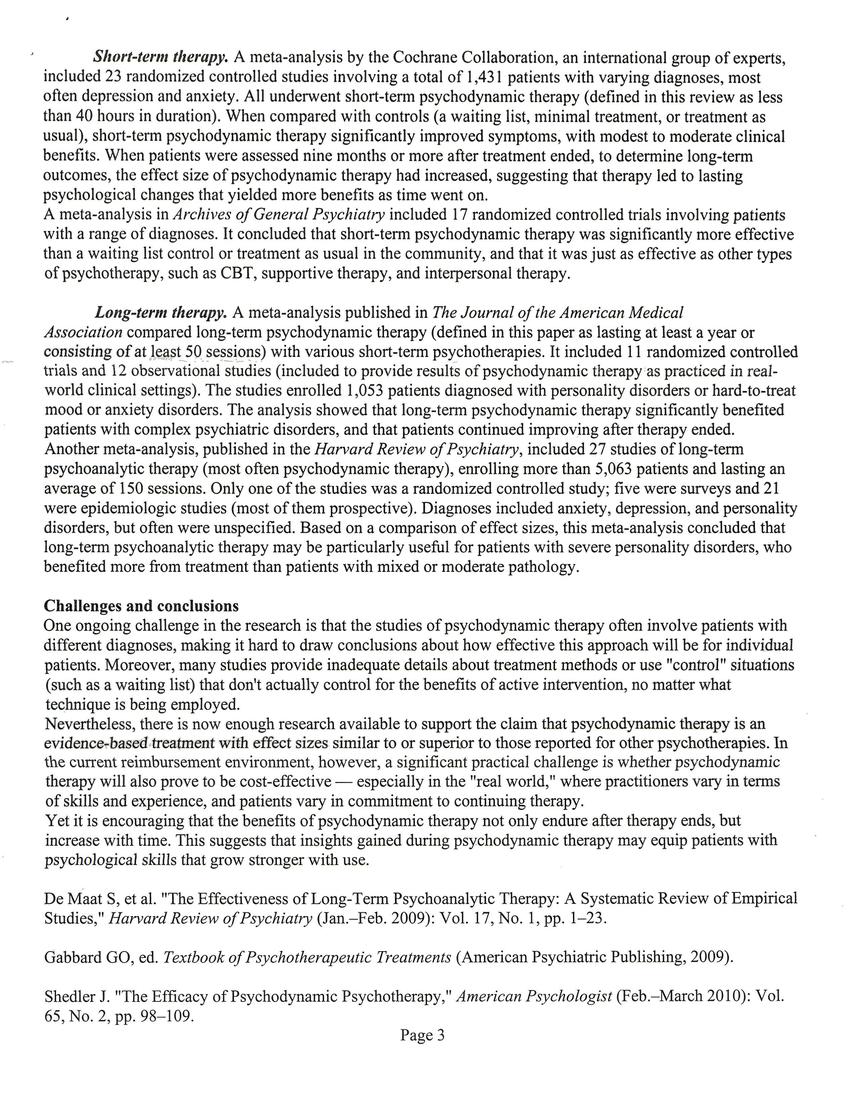
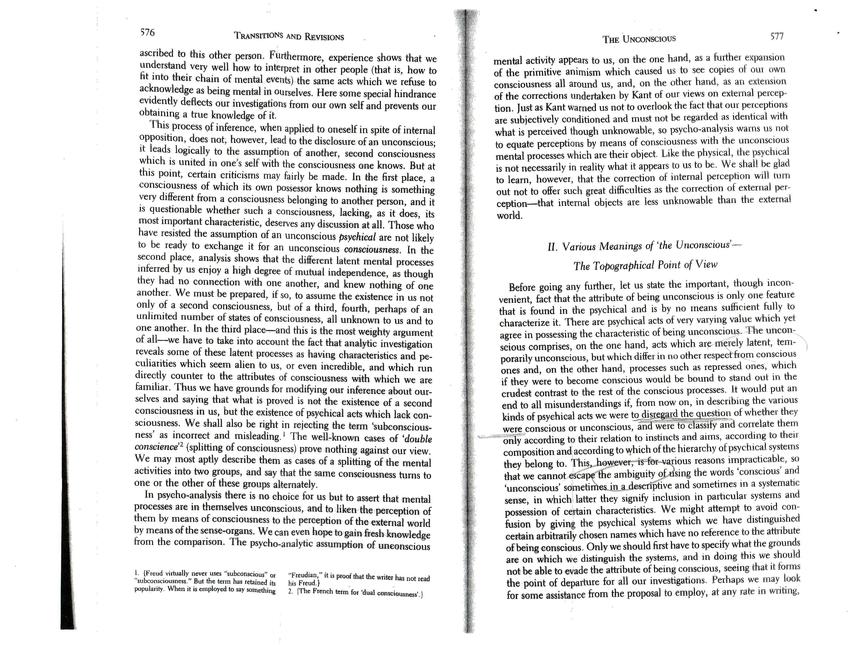
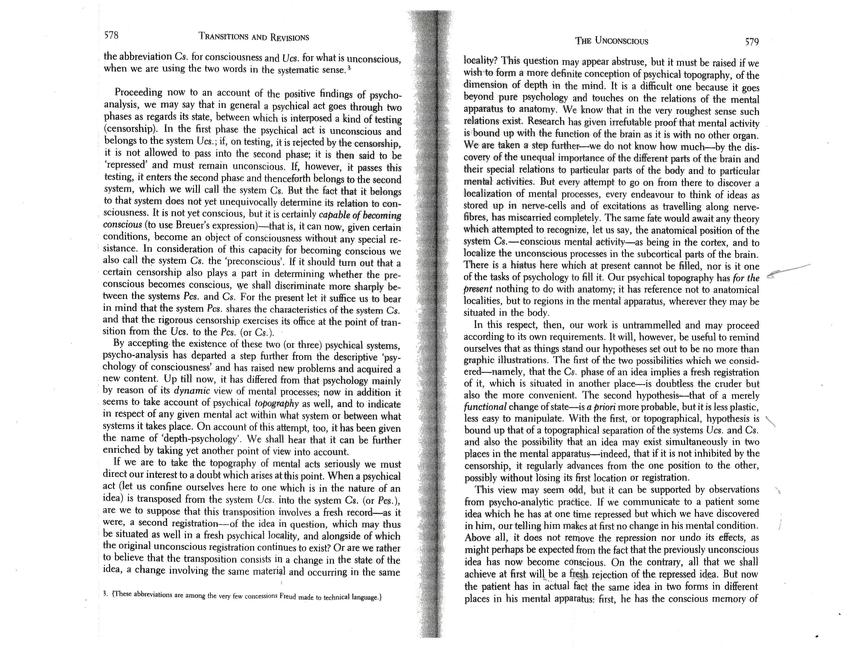
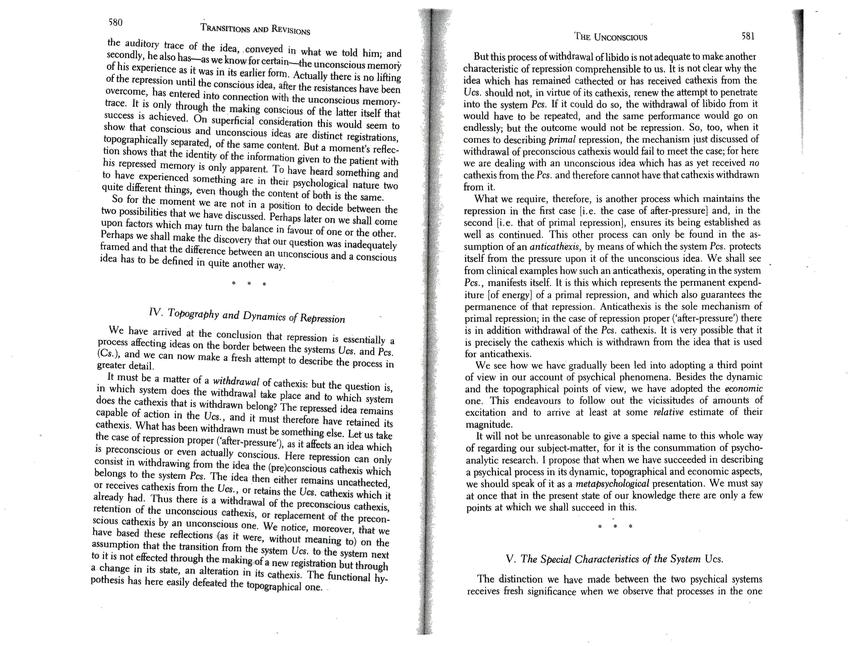


Replies